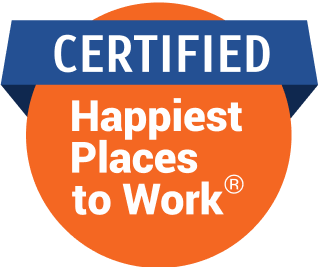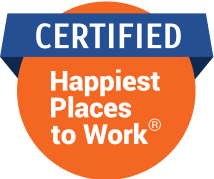A UK-based innovation consultancy will teach Mumbaikars how to collaborate and navigate problems better at work with a series of creative workshops including a standout LEGO®-themed problem-solving session at a SoBo venue
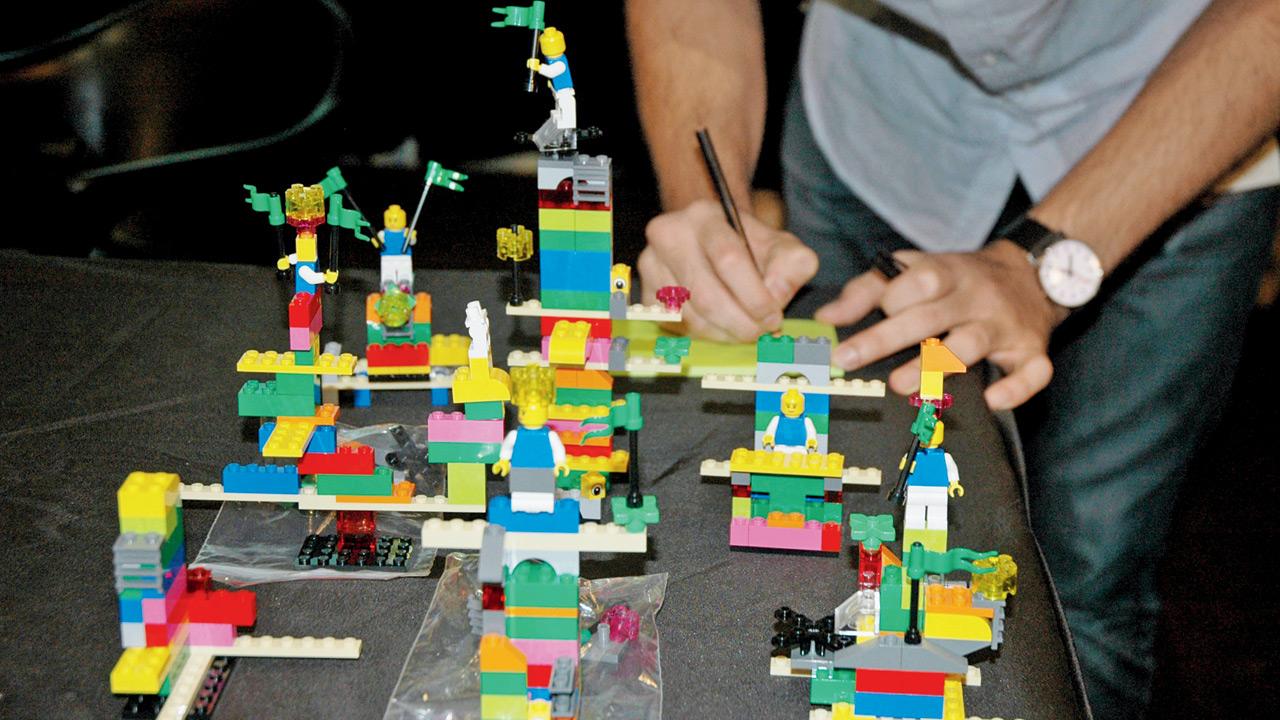
A LEGO® structure created to simplify a team problem. PICS COURTESY/G5A; MAKE HAPPY
Align your KPIs, touch base with your team, synergise your deliverables and then roll all that nonsensical jargon in a ball and toss it in the bin before you meet Jonathan Bannister. In the city with his venture Make Happy, the UK-based executive coach and creative problem-solving expert is looking to help Mumbai solve real world problems sans the corporate mumbo jumbo.
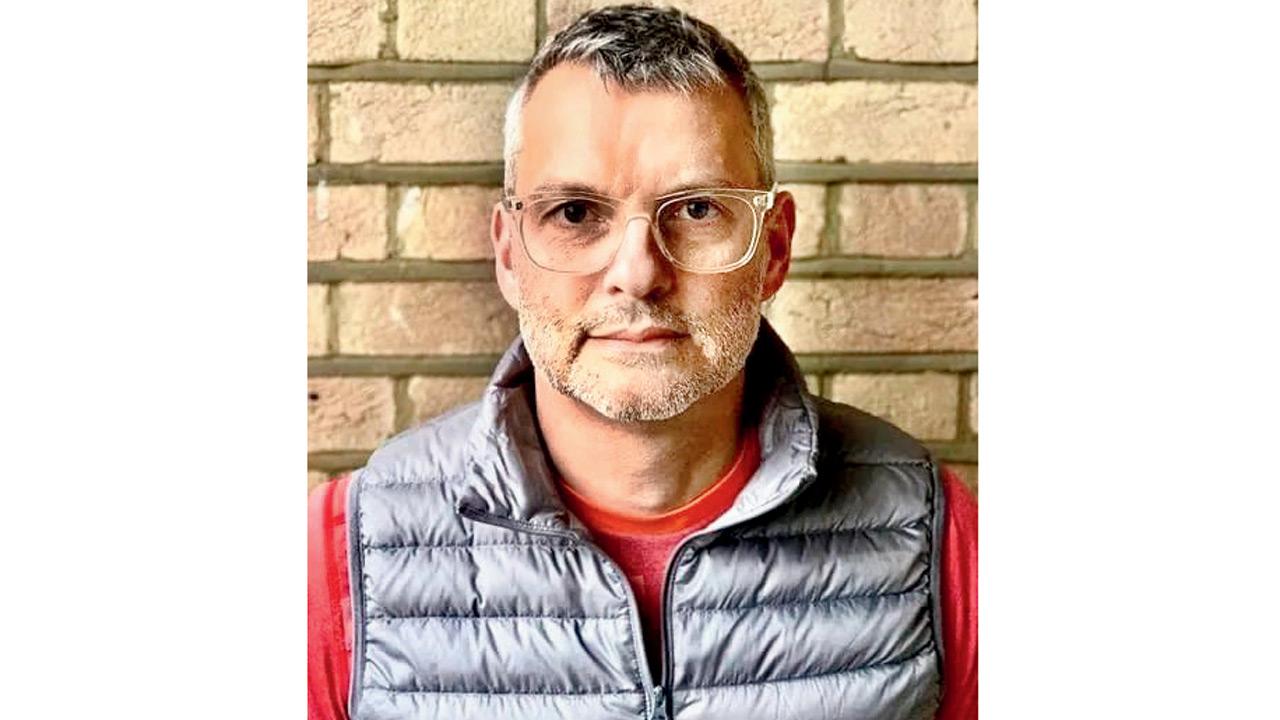 Jonathan Bannister
Jonathan Bannister
Returning to Mumbai 10 years after his first visit, Bannister shares, “Mumbai’s cultural diversity undeniably makes creative problem-solving more dynamic because creativity flourishes in diversity. When people bring different lived experiences, worldviews, and ways of thinking to the table, the range of ideas generated becomes richer and more unexpected. The challenge lies in creating a psychologically safe space where all voices feel comfortable being heard.”
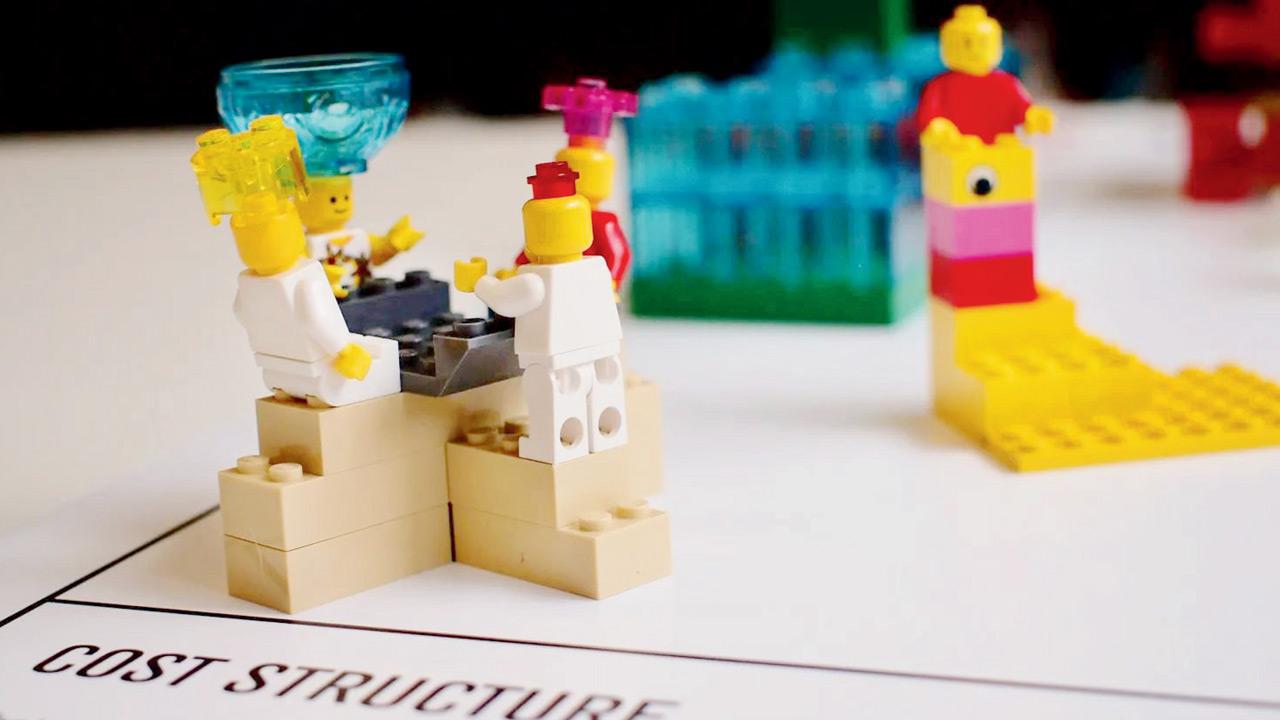
LEGO® characters represent teammates in the session
AT G-5/A, Laxmi Mills Estate, Shakti Mills Lane, Mahalaxmi West.
LOG ON TO g5afoundation.org
Let’s meet in the middle
If you’ve walked out of too many meetings thinking ‘that could’ve been an e-mail’, you’re doing them wrong. Bannister will lay out how to boost participation, build psychological safety, and make meetings more productive in this mini session. “During my recent visit to Mumbai, what stood out was the immense creative potential in the room, as well as the crucial need to actively manage group dynamics to ensure that diversity becomes an asset rather than a barrier,” he says.
ON July 24; 2.30 pm
ENTRY Rs 1180
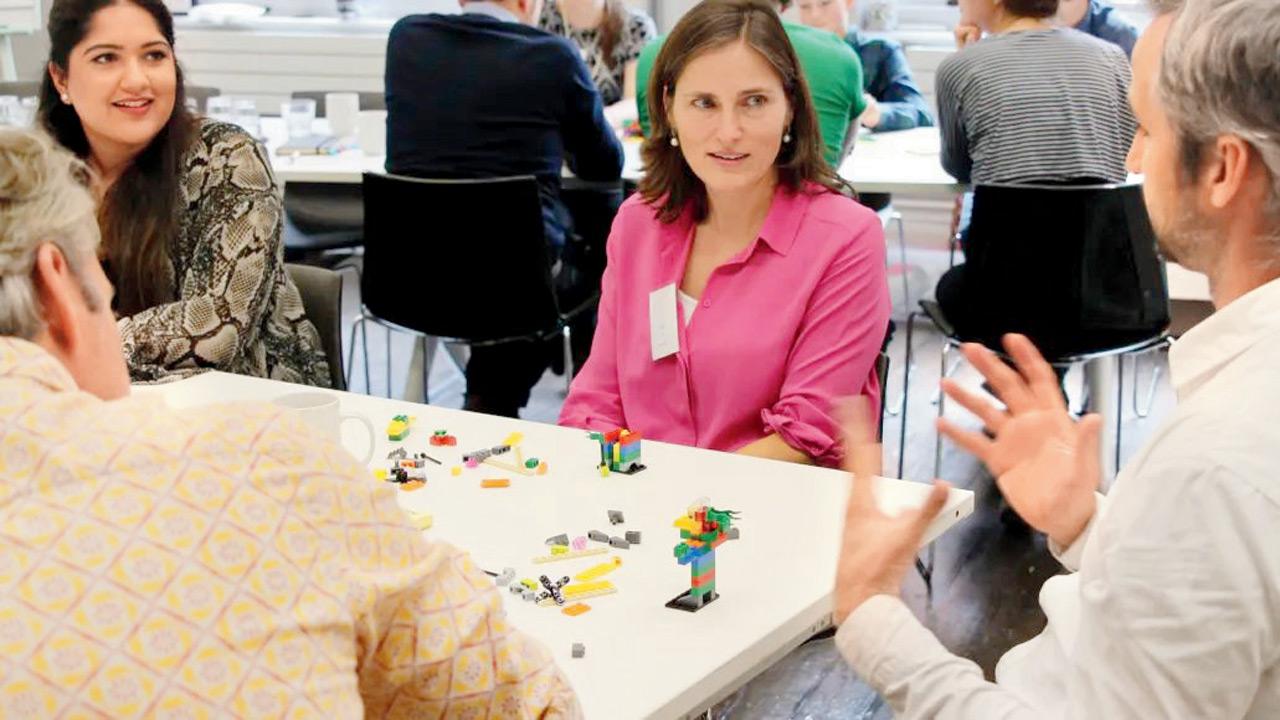
Participants engage in a discussion at a previous session
Come together
Open Problem-Solving Sprints (OPSS) are focussed, collaborative workshops that last a day. For creatives working on a new idea, stuck in a bottleneck, or facing a tough decision, the Sprint offers a structured way to think, talk, and act together. Using simple tools including design thinking and creative facilitation, the process helps cut through the noise and focus on what really matters.
ON July 25; 10 am to 4 pm
ENTRY Rs 11,800
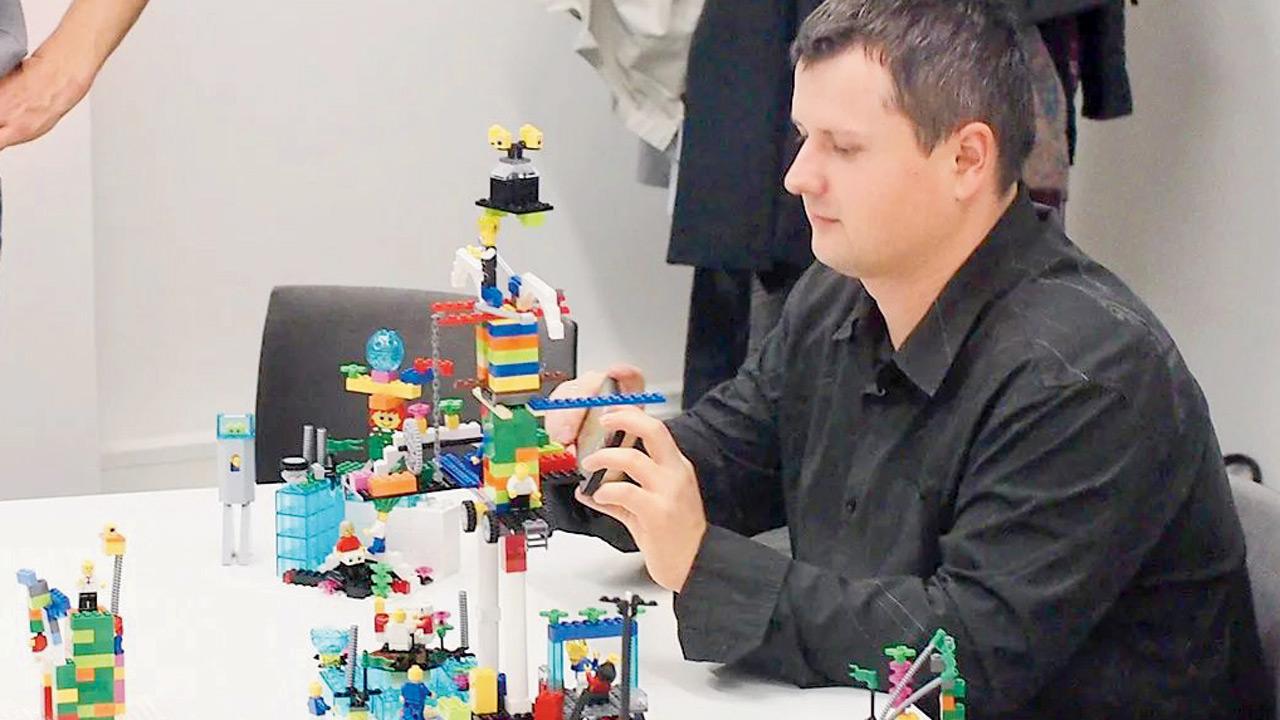
A moment from a LEGO® Serious Play session
Brick by brick
Could the answer to the biggest roadblocks in planning be hiding in the popular LEGO® kits? Participants will learn how the toy blocks can become means to visualise ideas, express criticism and uncover insights within a team. Through individual and team sessions, participants will build models; describe the ideas behind them and how they relate to the problem being explored.
ON July 26; 10 am to 4 pm
ENTRY R11,800
How does it work?
LEGO® Serious Play was developed in the late 1990s by Johan Roos and Bart Victor with the LEGO® Group to improve collaboration in teams. Bannister gives us a peek into a recent session that might have a lesson in it for Mumbai. The expert explains, “Last week, we held a LEGO® Serious Play workshop with a UK-based consultancy that operates at the crossroads of public services and system reform. Seventy people from various parts of the organisation came together to explore the theme of ambition, not just individually, but collectively.

Working in cross-functional teams, participants were asked to build the one most important thing the organisation needs to help people clarify and achieve their ambitions. The results were notable in their variety and depth. Some teams focused inwardly, considering how to better support staff in growing and thriving. Others looked outward, exploring how the organisation can assist its clients in setting and realising bold goals. One group went even further, thinking from the perspective of the ultimate end-user: the citizen.
The key insight that emerged was that the organisation had never before aimed to express ambition from the citizens’ perspective. That shift in framing — moving beyond internal goals and client outcomes to consider what ambition looks like for the people their work ultimately impacts — sparked a valuable new direction in strategic thinking.”
 Subscribe today by clicking the link and stay updated with the latest news!" Click here!
Subscribe today by clicking the link and stay updated with the latest news!" Click here!


